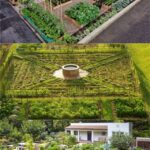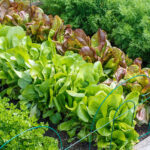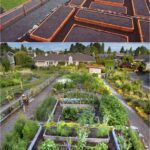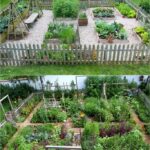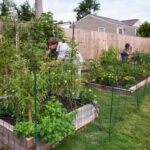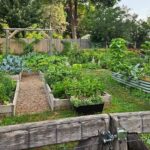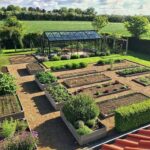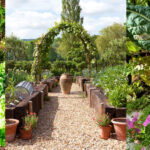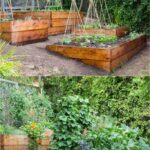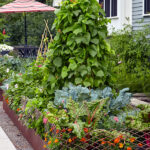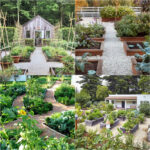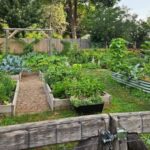Designing a vegetable garden can be a fun and rewarding project for any gardener. There are many factors to consider when planning out your vegetable garden, including the size and layout of the garden, the types of vegetables you want to grow, and the overall aesthetic of the space. By following a few simple design principles, you can create a beautiful and productive vegetable garden that will provide you with a bountiful harvest all season long.
One of the first things to consider when designing your vegetable garden is the size and layout of the space. It’s important to make sure your garden is large enough to accommodate all of the vegetables you want to grow, but also that it is not too big to manage effectively. Consider how much time and effort you are willing to put into maintaining the garden, as this will help determine the size that is right for you. You also want to make sure that your garden receives plenty of sunlight throughout the day, as most vegetables require at least six hours of direct sunlight to thrive.
When selecting the types of vegetables to grow in your garden, it’s important to consider a few key factors. Think about the climate and growing conditions in your area, as well as the amount of space you have available. Some vegetables, such as tomatoes and peppers, require more space to grow and should be planted in separate rows or beds. Others, like lettuce and herbs, can be planted closer together in a more compact space. Consider the size and shape of the vegetables you want to grow, and plan your garden accordingly.
Another important aspect of vegetable garden design is creating a layout that is both functional and visually appealing. Consider incorporating pathways or walkways between your garden beds to make it easier to access and harvest your vegetables. You can also add trellises or other structures for vining vegetables like peas or beans to climb on. Think about adding decorative elements like garden art or colorful flowers to enhance the aesthetic appeal of the space.
Watering and irrigation are essential considerations when designing a vegetable garden. Make sure your garden is located near a water source, such as a hose or irrigation system, to make it easier to water your plants. Consider using mulch or drip irrigation to help conserve water and reduce the need for frequent watering. Proper drainage is also important to prevent waterlogging and root rot in your vegetable plants.
Finally, think about incorporating sustainable and eco-friendly practices into your vegetable garden design. Consider using organic fertilizers and compost to nourish your soil and promote healthy plant growth. Avoid using chemical pesticides and herbicides, and instead opt for natural pest control methods like companion planting or attracting beneficial insects. By creating a sustainable and environmentally friendly garden, you can enjoy a bountiful harvest of fresh, healthy vegetables while minimizing your impact on the environment.

